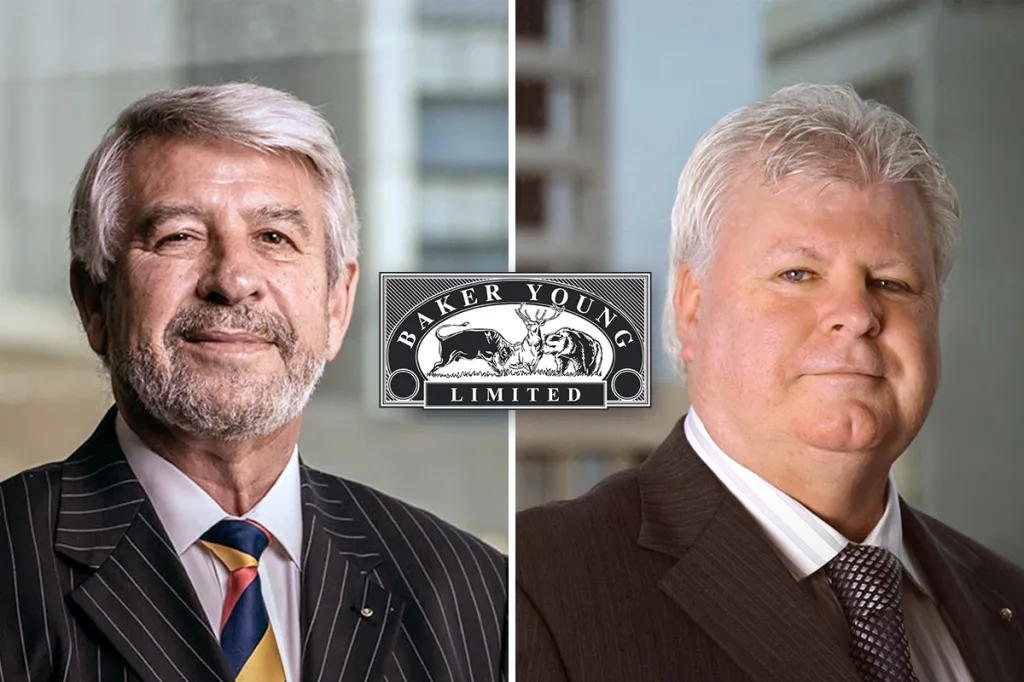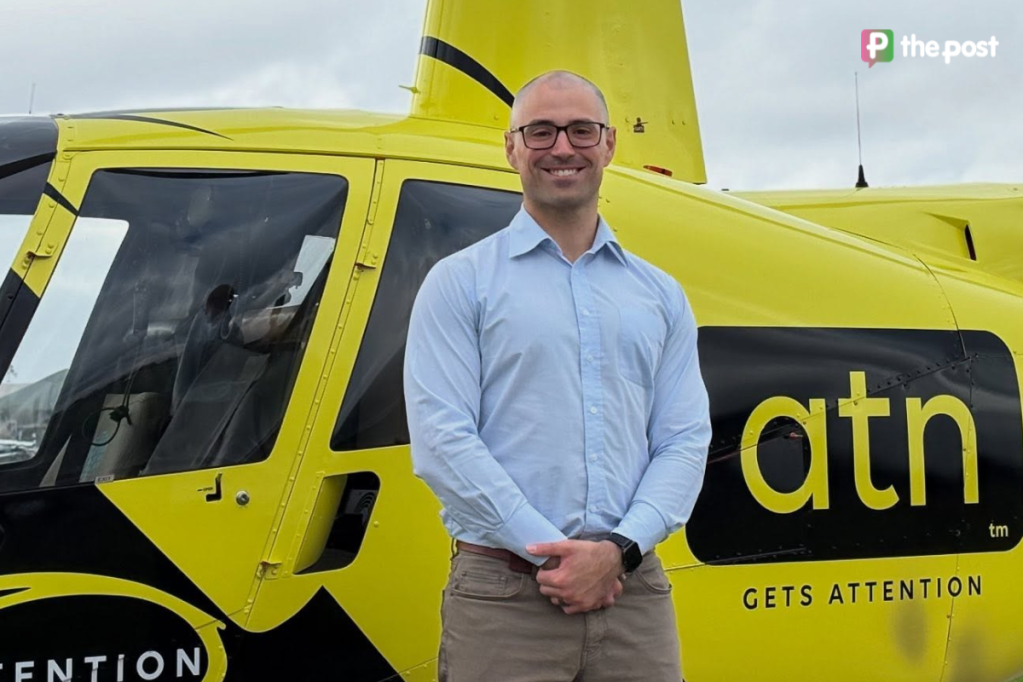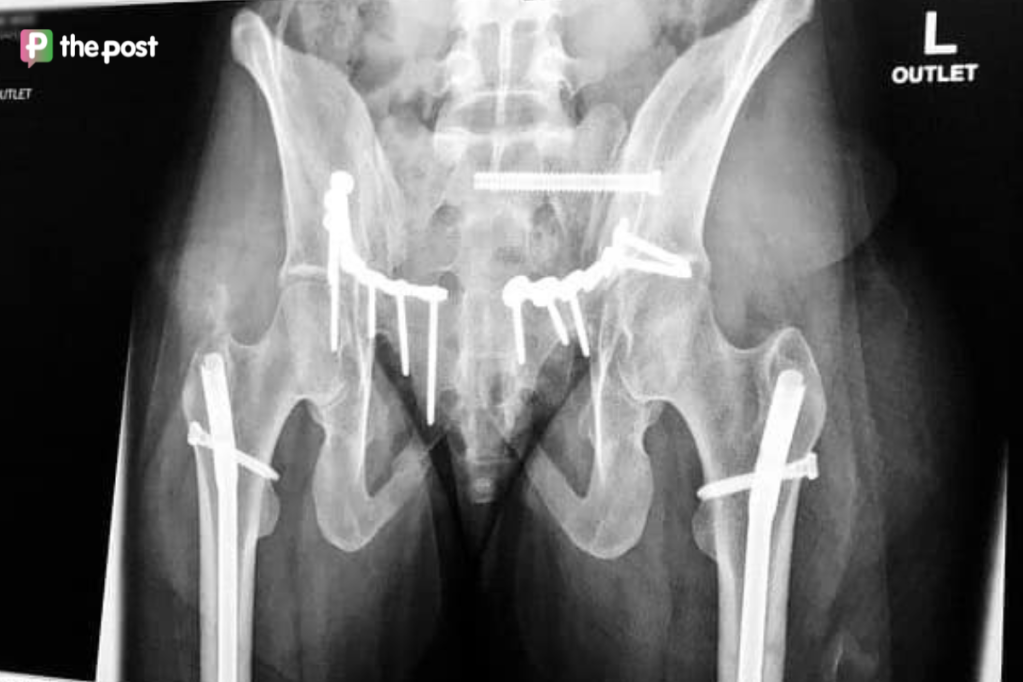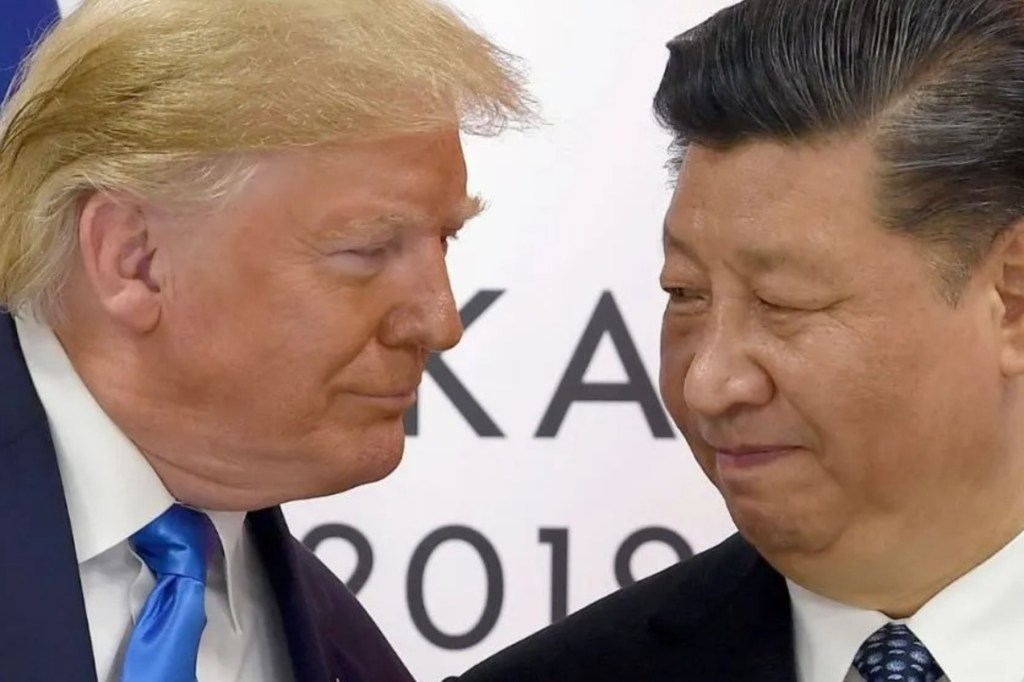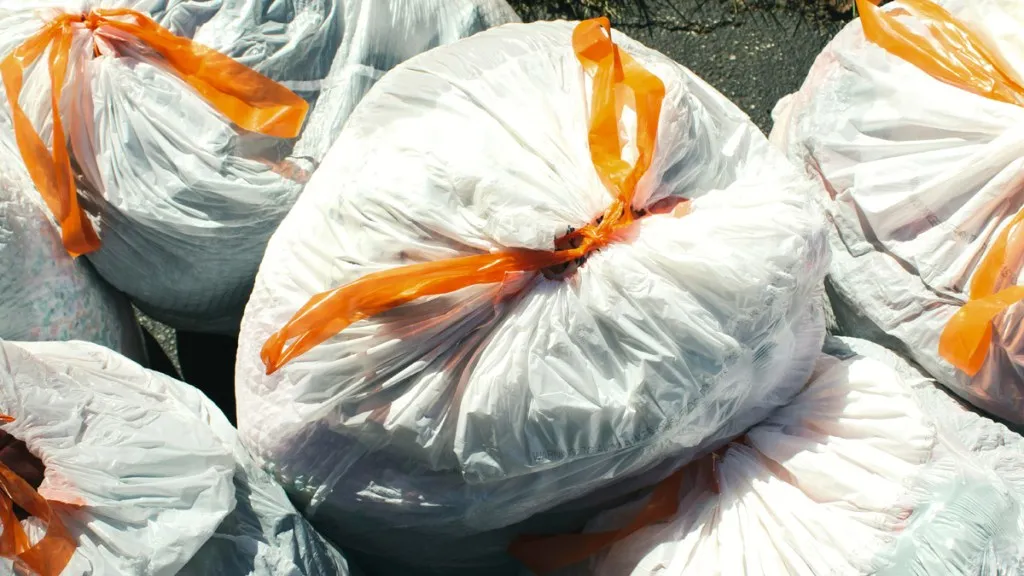Job losses at Iron Knob as hematite runs dry
State mining minister Tom Koutsantonis said job losses at a contractor connected to beleaguered steelmaker GFG Alliance could be chalked up to mining operations for hematite running their natural course.
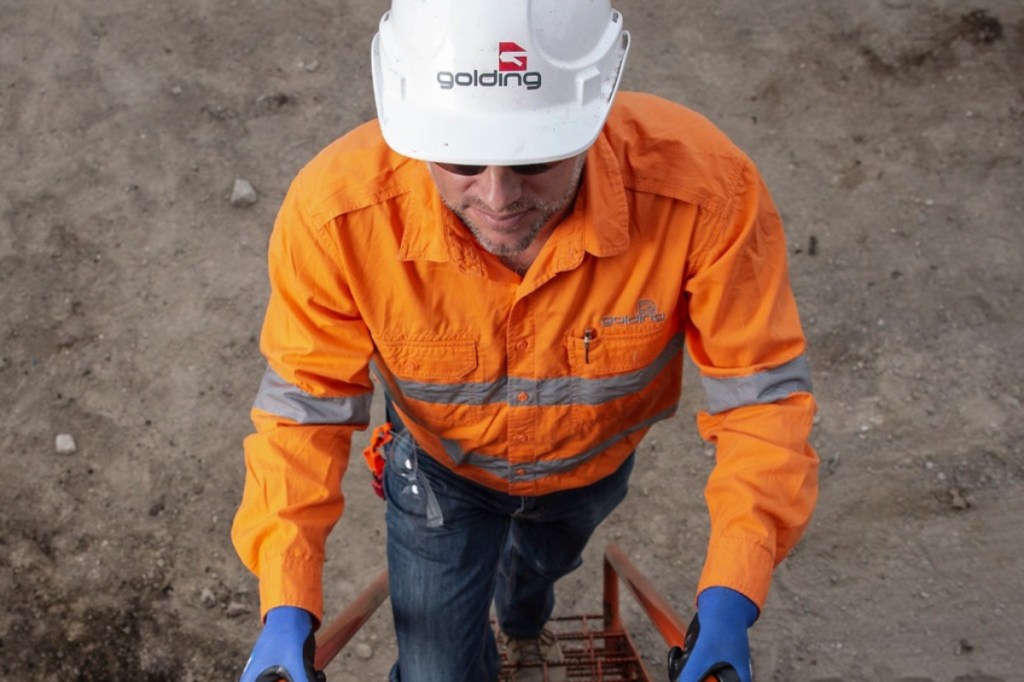
Mining contractor Golding is expected to cut approximately 350 jobs at operations in the Upper Spencer Gulf connected to steelmaker GFG Alliance.
As reported by the ABC, management met with workers yesterday to inform them of the job cuts which come as hematite mining in the Middleback Ranges comes to an end.
Whyalla Mayor Phill Stone today said just 30 per cent of the workers to be made redundant were based in the city.
Golding – owned by resources and infrastructure contractor NRW Holdings – let go of employees in September as part of the wind-down of the mining of hematite, an iron oxide mineral used in steelmaking.
SIMEC Mines is the operator of the Middleback Ranges mines, including the mine at Iron Knob. It granted Golding a $600 million three-year extension to its contracting services agreement at the Middleback Ranges in 2022. The agreement finishes on 31 January, 2025.
Under the agreement, Golding provides mine planning, load and haul, and maintenance services at the South Middleback Ranges and Iron Baron Mining Area, as well as at the recently recommenced third mining area at Iron Knob.
The ABC reported in May 2024 on leaked documents from SIMEC Mines which said that hematite resources would be fully exhausted within 18-24 months.
You might like
Today, state Energy and Mining Minister Tom Koutsantonis told FIVEaa that while hematite mining was coming to an end, “the Middleback Ranges is iron ore rich and there are lots of other opportunities”.
“There are approved mine deposits there that GFG could begin mining, they’ve got a mining expansion plan that they’ve been trying to get funded through some investment for the last couple of months, all those new mines are approved and ready to go,” Koutsantonis said.
“But given what’s been going on, GFG hadn’t been able to get the financing to get those new mines open. This is a problem of investment by GFG, and it’s a little bit to do with market forces, a little bit to do with the way deposits are being managed, and a bit to do with the fact that because of a lot of the noise about Whyalla it’s getting harder and harder to get the investment.”
The Minister said there was “literally billions of tonnes” of magnetite at the Middleback Ranges, and though hematite has now run out, it’s now about “unlocking the magnetite”.
“But this is not good news and we would like to see GFG continue to invest heavily into the Middleback Ranges,” he said.
In a statement, a GFG Alliance spokesperson said the company’s South Australian mining business was “liaising with its major contract partners to plan and prepare for the transition to magnetite ore mining and the production of iron and steel through lower carbon production methods, with the required ramping down of its mining where the reserve is nearing depletion following 120 years of mining.”
“GFG will be placing Mining and Processing Operations at Iron Knob into care and maintenance in accordance with the currently approved regulatory plan under the Program for Environmental Protection and Rehabilitation until it completes a comprehensive assessment on the viability of extracting the remaining resource from a technically difficult pit,” the spokesperson said.
“With the Whyalla Steelworks back in operation, we anticipate ramping up capacity and increasing the number of front-line permanent GFG roles at the Steelworks over the coming months. Where possible, we will look to facilitate redeployment opportunities for affected contract workers.
Stay informed, daily
“GFG will continue to work with all contract partners involved to carry on its mining and processing activities at other mine sites.”

Steel rolls off the production line on Sunday, 5 January 2025. Photo: Supplied.
For Sanjeev Gupta’s GFG Alliance the news follows the restart of steelmaking at its Whyalla factory last week.
Steel was cast earlier this month following a four-month-long shutdown of the plant’s blast furnace.
It marked a “significant milestone in the ongoing monumental effort…to rescue the plant” according to GFG chair Sanjeev Gupta, but is just the beginning of efforts to return the business to profitability as the blast furnace is still not being run at capacity.
The company also faces issues with energy supply, with a looming two-to-three-week EPIC Energy natural gas shutdown incoming and infrastructure investments required to transition the plant to being powered by hydrogen.
On an in-house podcast, Gupta said the government’s $600 million hydrogen plan was “taking longer, and it’s going to be more expensive, and it’s going to take time to ramp up”.
“But nonetheless, the Premier was absolutely clear that he’s committed to providing hydrogen and that it will happen no matter what it takes,” he said.
“We need to transition from coal to gas. Either we need hydrogen or we need natural gas as a transition.
“We are in negotiations with Santos about procuring gas, but we need infrastructure. Those are the key ingredients we are missing at the moment, and if those are fulfilled we then have the jigsaw and we have plenty of investors willing and wanting to invest.
“My commitment to green iron and green steel for Whyalla is absolute. We need the ingredients to fall into place. They take time. New technology and new ideas take time.”
